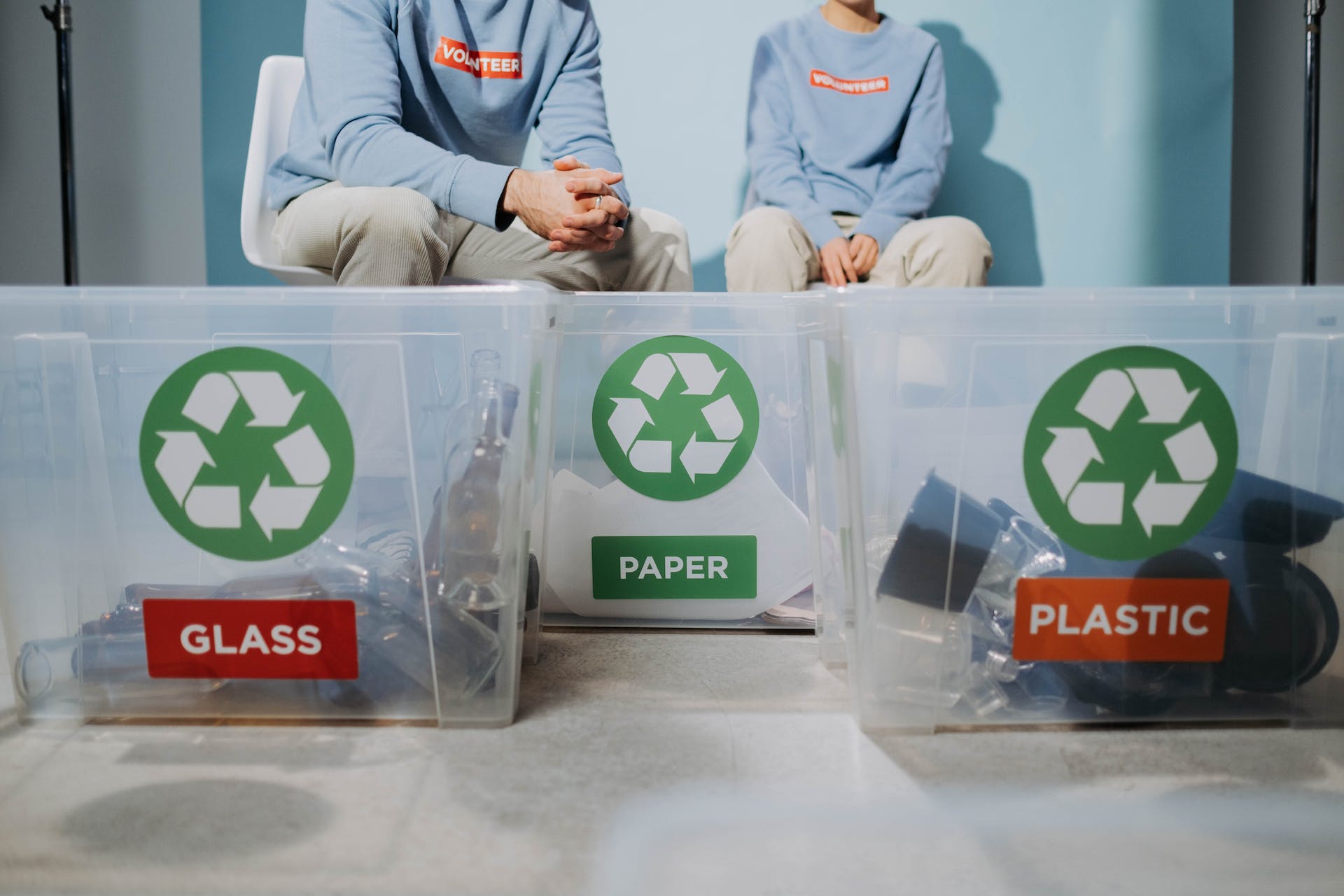
It seems silly that I have to state that so explicitly, but I can’t tell you the number of times I have had conversations with people (from politicians, to family members) who conflate recycling with sustainability. Recycling is something that we know and understand (for the most part) – there are numerous studies that demonstrate the public’s support and desire to recycle – so much so, that it is ranked as the preferred waste management outcome ahead of waste reduction and reuse (in direct contradiction to the waste management hierarchy). Our policies tend to reflect this love affair with recycling – Ontario’s newly introduced extended producer responsibility legislation has recycling front and center in an attempt to create a more sustainable future.
But to reiterate – recycling is not the same thing as sustainability. It can be part of a sustainability strategy, but ultimately, sustainability is premised on three pillars – economic, environmental and social. To some, I may be preaching to the choir, but my anecdotal experience is that a surprising number of people are not aware that sustainability is comprised of multiple dimensions. We tend to associate environmental outcomes with the term sustainability, but by definition, something cannot be sustained if it is not economically tenable or socially desirable. Evaluating the merits of a product or end of life decision through a sustainability lens often leads to unanticipated and unexpected outcomes. As an example, recycling glass cullet results in no carbon reduction and is of little to no economic value.

Ontario’s “Recycle Everywhere” strategy has come at an enormous cost – each year, hundreds of millions of dollars are spent trying to mechanically recycle materials that have dubious recyclability claims or environmental benefit. While I will save my opinions on whether I think this system is sustainable for another day, I do want to highlight that there is an opportunity cost to every action. For every dollar spent attempting to recycle something, it is one dollar that could be spent on another activity that could yield a greater sustainable impact.
It’s with this thought in mind that I have such a hard time wrapping my head around for the lack of support for textile and furniture reuse/recycling. For all the effort and attention paid to try and get consumers to put recyclables in the right bin, both textiles and furniture are considered afterthoughts – often left to third party collectors, charities, or the informal reuse economy. Having worked with Diabetes Canada establishing Canada’s first municipal textile diversion program, and recently joining the board of Toronto’s Furniture Bank, it never ceases to amaze me at the reticence that some stakeholders have shown to support initiatives that embody all three dimensions of sustainability. In addition to the obvious benefits of keeping these materials out of landfills and displacing the need to produce new goods, textile and furniture recycling/reuse has an enormous social impact: both in the form of generating critical funds to help support innovative life saving research (in the case of Diabetes Canada) or helping vulnerable and marginalized families cultivate safe and comforting spaces.
These are just a subset of the tremendous social impacts that textile and furniture diversion help support (across the entire charitable space), but these impacts are often discounted (or disregarded) by policymakers and companies. To those that cite the difficulty of “logistics and collection”, I would kindly point out that the Ontarian’s have paid tens of millions of dollars over the past decade trying to recycle coffee cups, and the recycling rate remains unchanged at 1%. This isn’t an issue of a lack of funding or even a lack of political will, it’s about one of misaligned priorities and a lack of understanding about what sustainability really means.
Dan Kershaw and Annalee Sawiak helped author a paper “Diversion with a Purpose” that demonstrated the missed opportunity of furniture diversion. I would encourage all of you to read it when you get the chance.
But with that in mind, I would like to pose a question to all of you: “What is the purpose of Diversion?” – Is it simply to recycle everything, everywhere? Is it to achieve a circular economy or a zero waste future? While I don’t know what the answer is (or if there is even an answer), I want to remind you to think of this question through a sustainability lens – consider not only the environmental impact of our decisions, but the economic and social impacts as well.
I think you may be surprised at what your answer shows.




